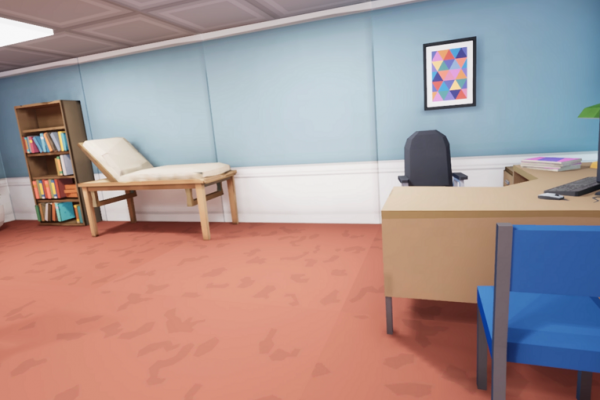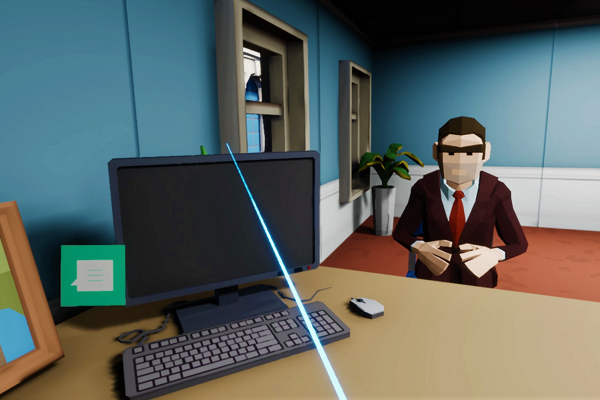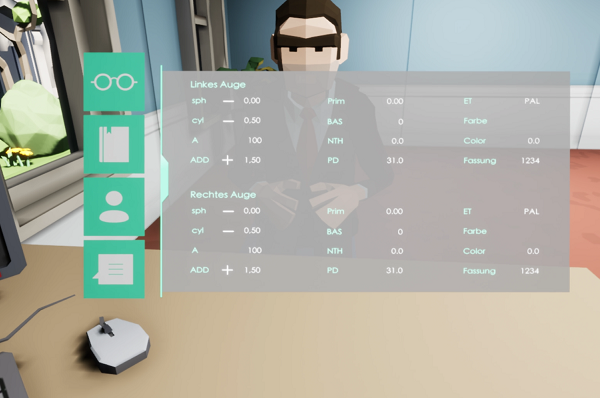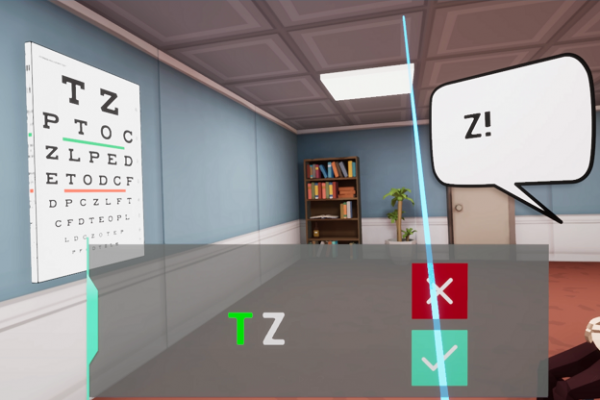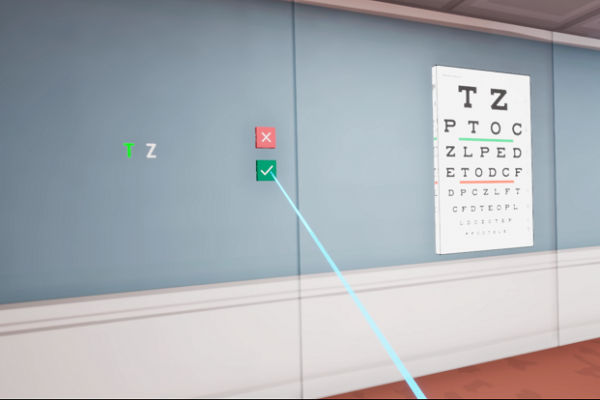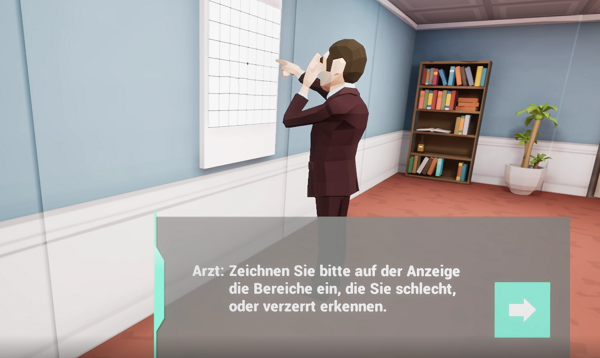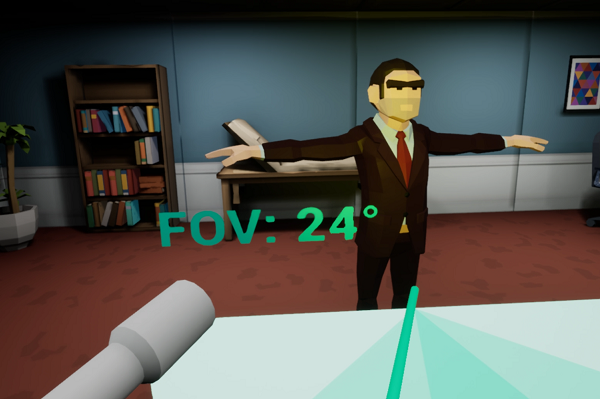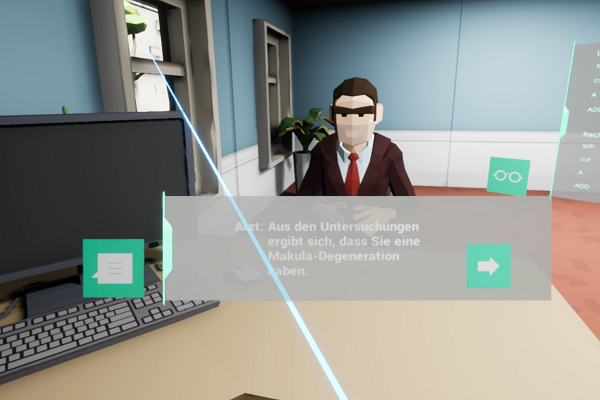Problem Statement
The digitisation extends to all areas of life and offers many opportunities. The medical sector in particular can benefit from it. Modern technologies like augmented and virtual reality can support healthcare workers for example by displaying important medical information. An enormous challenge for medical professionals in their daily work with patients is to compare previous diseases and current symptoms with existing knowledge about possible illnesses and treatment options. This requires various skills from the medical professionals: On the one hand, there must be an up-to-date and well-founded knowledge background, and on the other hand, an unbiased, objective and calm judgement must be made, even when dealing with a large number of patients. Especially in highly frequented hospitals this is often not feasible.

